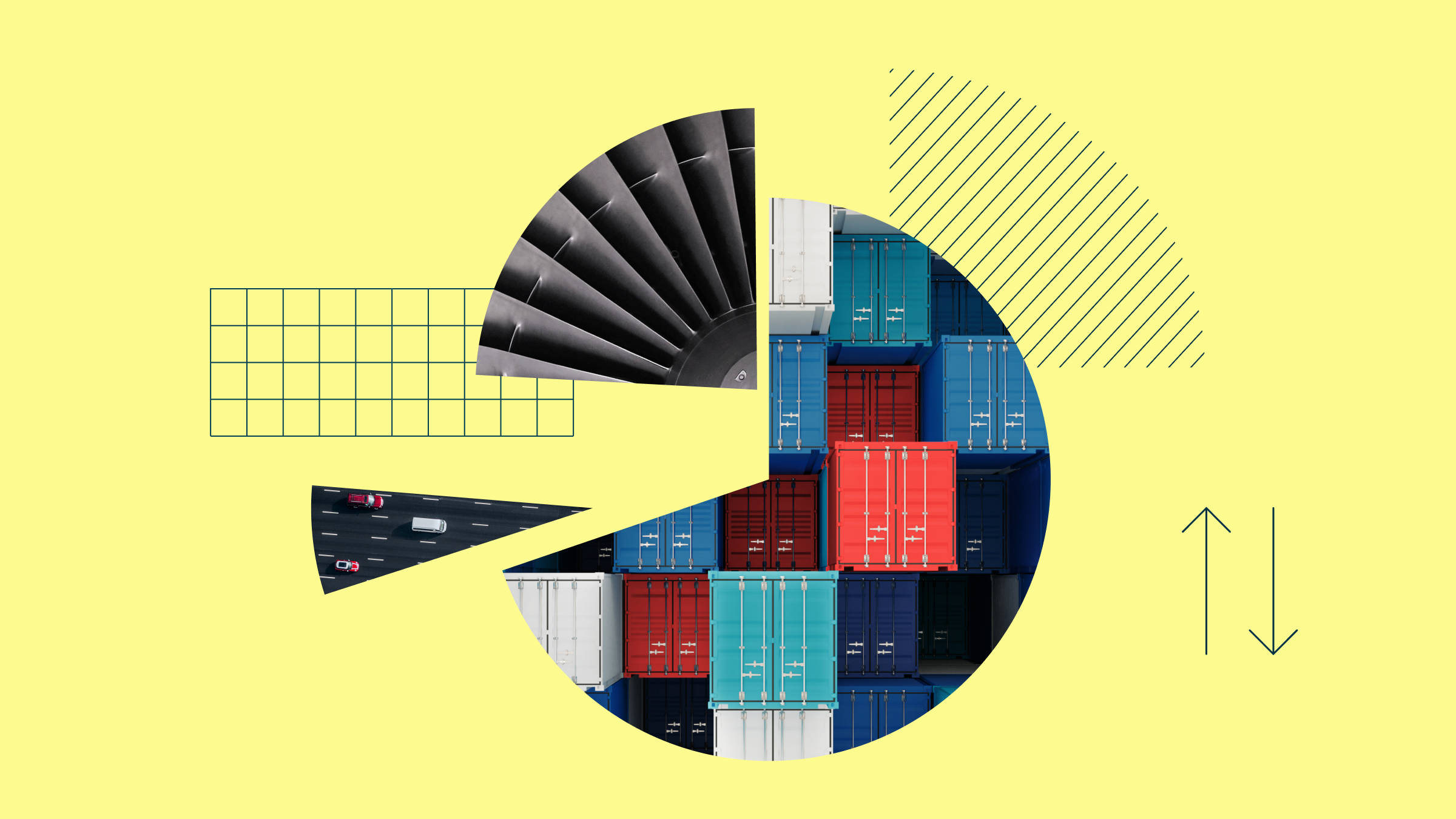Rolle im Portfolio
The Amundi ETF MSCI Europe ETF is best suited as a core building block for a portfolio, providing broad exposure to many of the largest companies in Europe. The index is well diversified by industry, and is spread over a large number of individual securities, although on a geographic basis it does tilt heavily towards the United Kingdom, which is important for investors to keep in mind when monitoring their overall portfolio mix. Over the last 10 years, the MSCI Europe Index has exhibited annualised volatility of 15.2%, versus 14.8% for the S&P 500 and 14.2% for the MSCI World. During the same period, it has shown correlation to the local currency returns of the S&P 500 and the MSCI Emerging Markets Index of 89% and 78%, respectively.
Fundamentale Analyse
In the aftermath of the global financial crisis, Europe has been struggling with crises in sovereign debt and its banking system. Government-debt-to-GDP levels have gone above 100% in several eurozone countries, Ireland and Portugal have had to be bailed out by the European Union and the International Monetary Fund (IMF), and Greece has seen a full-blown restructuring of its debt, with haircuts of more than 50%. These countries’ debt troubles are also weighing heavily on the banks – mainly European ones – that have lent to them. In the third quarter of 2012, the GDP of the Euro area fell by 0.1% and that of the wider 27-member European Union rose by a scant 0.1%. Governments throughout Europe have swung aggressively into austerity mode through efforts to reduce their spending. In the near term this will likely be a significant drag on economic growth. The combination of government and consumer deleveraging has been taking its toll on aggregate demand, which is adding to the ranks of the unemployed, which weighs further on demand, in a vicious cycle. In January the Bank of England decided to keep its benchmark interest rate unchanged at its record low level of 0.5%, where it’s been since March 2009, and also decided not to expand on its quantitative easing programme. The UK climbed out of recession in the third quarter of 2012, with growth of 1.0%. The European Central Bank, meanwhile, also kept its benchmark rate unchanged in January at 0.75%. President Mario Draghi sent markets higher by striking an optimistic tone with a statement that the bank expects the euro area to return to growth later in 2013. The fate of the currency union remains unclear. As long as they are using the euro, member countries are unable to devalue in order to alleviate their debt burdens and bolster the competitiveness of their exports, which has prompted speculation that Greece, and perhaps others, will be forced to leave the euro. In the past 10 years, the MSCI Europe has produced an annualised gain of 6.36% through December, which compares to local-currency returns of 6.44% for the S&P 500 and 14.90% for the MSCI Emerging Markets Index. Of the top constituent countries, Sweden has been the standout in that period, with an annualised return of 11.63%. France has been the weakest link, with a corresponding result of 4.81%. After bottoming out at 7.1 in January 2009, the price-to-earnings ratio for the MSCI Europe Index has climbed to 11.5 as of December 2012. That’s still below its average level of 12.7 since 2004.
Indexkonstruktion
The MSCI Europe Index is a free float capitalisation-weighted index covering 16 developed markets in Europe. It currently contains 436 mid- and large-cap constituents and covers approximately 85% of the free float-adjusted total market capitalisation of the component countries. The index is reviewed quarterly, with size cut-offs recalculated semi-annually. The universe is initially screened for liquidity, as measured by the value and frequency of trading. The median constituent has a market capitalisation of $6.9 billion. Geographically, it is heavily tilted towards the UK, which made up 34.5% of the total at the end of December 2012. After that, top weights are France at 14.7%, Germany at 13.4%, Switzerland at 13.3%, and Sweden at 4.8%. On a sector basis the index is broadly diversified. The top weight in September was Financials, making up 20.6% of the total, followed by Consumer Staples and Health Care, at 14.5% and 11.9% respectively. Energy, Industrials, Materials, and Consumer Discretionary each make up between 9% and 12%. The index is not very concentrated, with 19.6% in the top 10 names. The top individual position is Nestle, at 2.94%.
Fondskonstruktion
The fund uses synthetic replication to provide exposure to the underlying benchmark, entering an unfunded swap transaction with parent company Credit Agricole. The fund uses investors’ cash to buy a substitute basket of securities, the performance of which is exchanged for the performance of the index. As of the time of writing, the substitute basket is made up entirely of European equities. There is a lot of concentration within the substitute basket, with securities of Sanofi and Carrefour each making up about 10% of the total. The fund’s prospectus states that it cannot have counterparty exposure exceeding 10%, implying that the substitute basket must at a minimum be valued at 90% of the fund’s net assets. Amundi reviews the swap on a daily basis and resets it whenever there is a positive swap value, indicating that the fund is owed money by the counterparty. In other words, this means that Amundi targets zero counterparty risk exposure at the end of each business day. Under the terms of the swap, the counterparty agrees to provide the fund with exposure to the total return of the underlying index, net of any associated taxes, costs, or fees. The fund does not engage in securities lending activity. At the time of writing the fund had assets of €486 million.
Gebühren
The fund has a total expense ratio (TER) of 0.28%. Other costs potentially borne by the unitholder but not included in the total expense ratio include swap fees, bid-ask spreads on the ETF, and brokerage fees when buy and sell orders are placed for ETF shares.
Alternativen
There are plenty of choices out there for broad European equity exposure. Providers that offer an ETF tracking the MSCI Europe Index include UBS, SPDR, Source, ComStage, Lyxor, CS, iShares, db x-trackers, HSBC, and ETFlab. For alternatives to market capitalisation-weighted exposures, there are Ossiam ETF Europe Minimum Variance and PowerShares FTSE RAFI Europe. Of all of these, the largest are the iShares and the db x-trackers funds, with assets of roughly €1.9 billion and €1.2 billion. The fund with the lowest TER is the ComStage product, with a TER of 25 basis points.

















